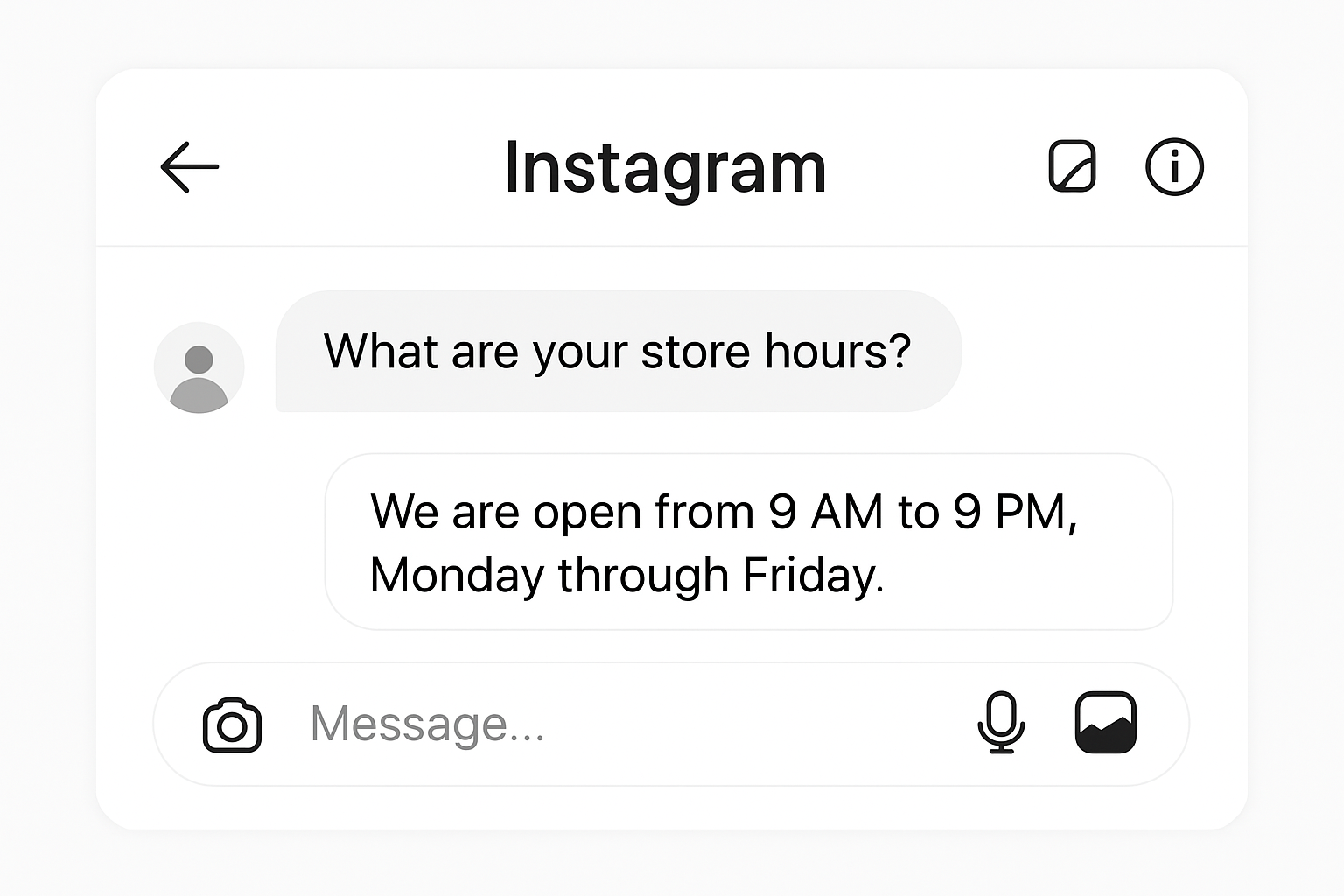How UI Impacts the Performance of Online Stores
Online stores have become an integral part of our daily lives, offering convenience, a wide range of products, and the ability to shop from the comfort of our homes. However, the success of an online store largely depends on the quality of its user interface (UI). A well-designed UI attracts and retains user interest, leading to increased sales. This article explores the importance of UI, its essential elements, and its influence on the performance of online stores.
What is User Interface (UI)?
User Interface (UI) design focuses on creating the visual components of a website or application that users interact with directly. It involves designing visual elements such as animations, illustrations, and buttons and choosing fonts, colors, and shapes to make the interface visually intuitive and enjoyable.
Designers start by defining the user experience and researching the target audience. They choose a color palette, shapes, and layout based on the users’ needs. The user interface of an online store or any digital product must be easy to understand. The primary responsibilities of a UI designer include ensuring that the final visual solution is user-friendly, making it easy to carry out specific actions, and maintaining text readability.
Key Components of UI in an Online Store

Now that we understand the purpose of UI design for an online store, let’s identify its typical components. These components help users navigate the interface (navigational), speed up and simplify performing target actions (informational), and assist users in entering data through the interface. Let’s examine these three groups of components in more detail.
Navigational Elements
Navigational elements encompass a variety of features such as menus, breadcrumbs (which indicate the path from the starting point to the user’s current location and enable a swift return to previous sections), search options, image carousels, sliders, pagination, and more. These components offer users an intuitive interface, allowing them to navigate effortlessly.
Informational Components
Interactive elements are displayed when users directly engage with the interface. These include push notifications, pop-ups, modal windows, and progress indicators. These components serve two primary purposes: to maintain regular communication with users (often to encourage purchases) or to issue warnings (typically related to significant actions such as deleting a profile, changing personal data, placing an order, etc.).
Input Control Elements
This category manages user actions related to data input. It includes switches, dropdown menus, text fields, and checkboxes. These elements aim to streamline the process of entering required information by presenting available options or offering fields to input various data, which can be adjusted as necessary.
To ensure an online store’s interface is clear and user-friendly, it should include all three groups of elements. However, it’s also important not to have too many, as the days of cluttered digital interfaces are long gone.
The Impact of UI on Online Store Sales
User interface (UI) design is crucial for visually enhancing an online store, ensuring user-friendly interaction, and improving the overall user experience. This is why high-quality, custom-designed websites can significantly boost sales. In essence, UI aims to achieve the following objectives:
- Attracting Visitors: Creating a positive first impression is vital for online stores. Users form an opinion about a website within seconds. If they easily find what they’re looking for, like what they see, and find the site simple to use, they are more likely to stay. Otherwise, they might switch to a competitor’s site or app.
- Increasing Conversions: When the purchasing process is simple, and the online store is well-designed, inspiring trust and positive emotions, conversion rates increase. Customers prefer spending time on a custom-designed website rather than on a site or app with a cluttered or confusing user interface.
- Adapting to Different Devices: When developing an interface for an online store, it’s essential to create a responsive design that looks good on various devices. Unfortunately, some online store owners do not consider how their site will display on mobile devices, even though most traffic often comes from smartphones.
- Addressing Potential Buyers’ Objections: An effective online store interface promptly handles common objections from typical visitors. After all, objections and uncertainties are the primary barriers to conversion.
- Boosting Trust Levels: Creating distinct brand colors, fonts, and graphic elements helps customers recognize an online store and fosters trust. Consistency is crucial for engaging effectively with customers.
Wrap-up
The user interface (UI) is crucial for online stores as it directly influences user experience and sales. A well-designed UI with easy navigation, clear information, and user-friendly input controls can attract visitors, simplify purchasing, work seamlessly on various devices, address concerns, and foster trust. By prioritizing these aspects and investing in custom-designed websites, online stores can create a positive first impression, establish trust, and enhance the overall user experience, improving performance and customer satisfaction.
















